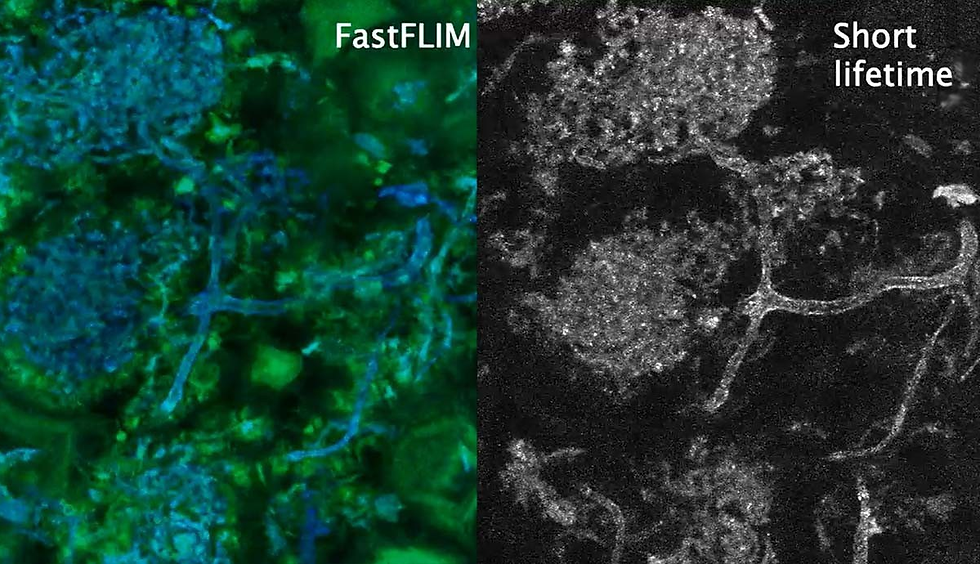CoRenewal: Non-Profit Organization Tackling Post-Wildfire Ecosystem Remediation with Fungi
- Marc Violo

- Aug 20, 2023
- 1 min read
Wildfires are increasing in frequency and severity due to human activities and global changes. CoRenewal, a non-profit organization, aids in land healing by planting mycowattles (mushroom-filled wattles) in Northern California's burned zones, particularly along high-risk waterways affected by wildfires. The aftermath of the mega fires leaves behind toxic ash composed of burned and melted toxic household substances, which washes into delicate ecosystems and waterways.

Oyster mushrooms excel in mycoremediation experiments by breaking down complex chemicals, filtering heavy metals, and promoting natural growth. Mycowattles, straw tubes infused with oyster mushrooms, strategically serve as physical barriers against erosion, while the enclosed mushrooms trap and absorb toxic waste from water, flowing through mycelium networks.

The CoRenewal team conducts experiments with low-tech substrate preparations, biodegradable sock materials, and native fungus and microorganisms to mitigate toxins, stabilize soil, and aid ecological regeneration after wildfires. They also assess mycowattles' effectiveness in capturing and filtering ash beneath homes affected by wildfires to prevent toxic debris and ash run-off from entering high-risk waterways.
With support from the Wildlife Conservation Society, the research project aims to use baseline data for evidence-based remediation techniques in restoring fire-affected areas. Additionally, enhancing water retention in soils may reduce wildfire frequency and severity.

Despite being in its early stages, the study of mycoremediation after wildfires reveals a growing body of research highlighting the ability of mycelium to effectively remove toxins from water.
Check them out:
⌭ 📸 @co.renewal
.
.
.
.




